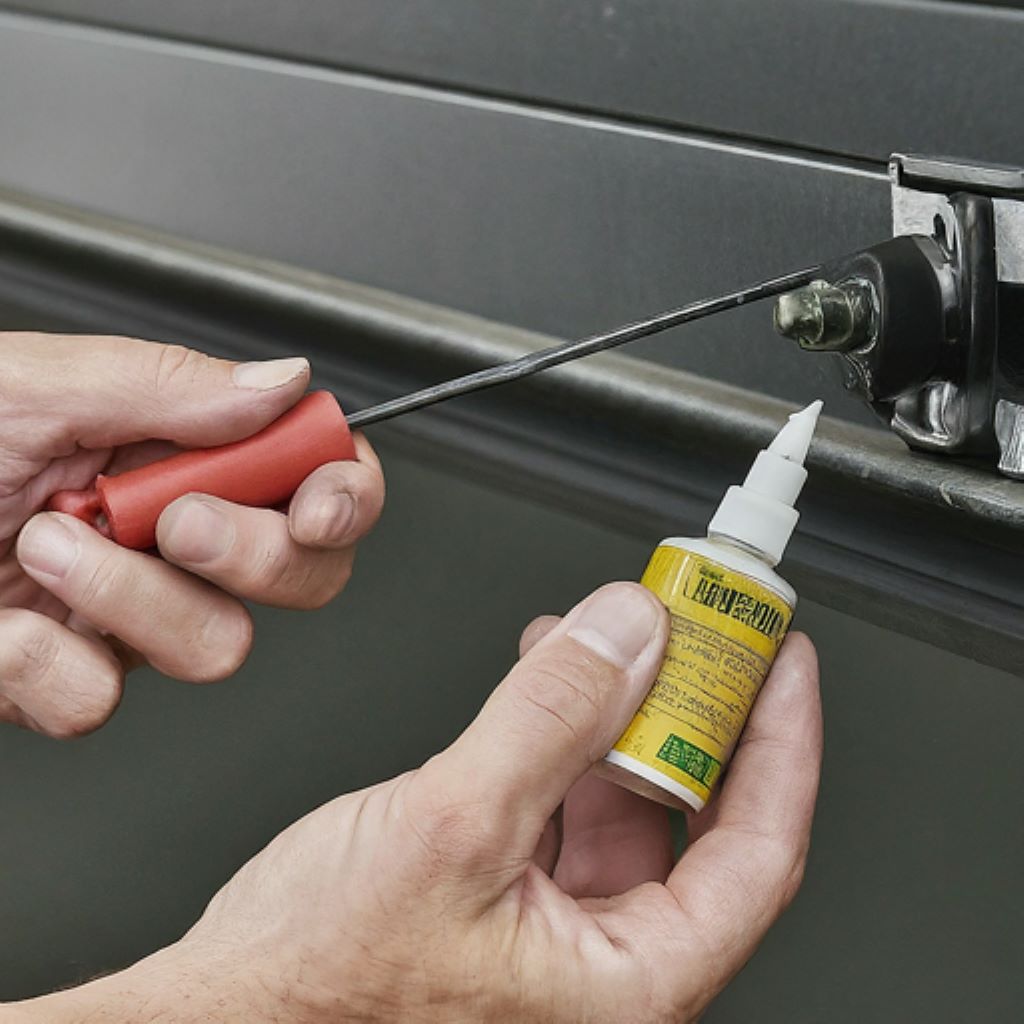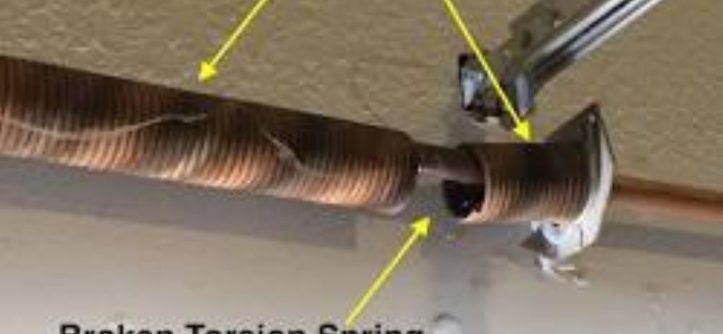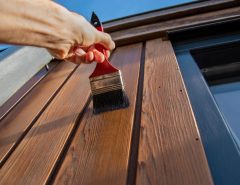The rhythmic groan of your garage door grinding open can be enough to wake the neighbors (and maybe even yourself). But fear not, fellow homeowner! A noisy garage door is a common problem, and often it’s a relatively simple fix. This guide will not only address the usual culprits but also delve into some lesser-known solutions to get your garage door operating smoothly and quietly.
Understanding the Noise Source: First Steps
Before diving into solutions, it’s important to identify the source of the racket. Is it a high-pitched squeal, a low rumble, or a loud bang? Different sounds point to different problems.
- Squealing or grinding: This often indicates a lack of lubrication on the metal parts of your garage door system, like the hinges, rollers, or tracks.
- Banging or clanging: This could be a sign of loose components, worn-out rollers, or a broken spring.
- Rattling: This might be caused by vibrations traveling through the door or loose hardware.
Common Culprits and Easy Fixes

- Lack of Lubrication: This is the most common reason for a noisy garage door. The good news is it’s also the easiest fix! Important Note: Don’t use WD-40 for lubrication! It’s a degreaser, not a lubricant, and can actually make things worse in the long run. Instead, opt for a white lithium grease specifically designed for garage doors. Apply it to the hinges, rollers, and the screw drive (if you have one) according to the manufacturer’s instructions.
- Loose Hardware: Over time, the constant opening and closing of your garage door can cause bolts and screws to loosen. Inspect all the hardware associated with your door opener, tracks, and hinges. Tighten any loose components using the appropriate wrench or screwdriver. Be careful not to overtighten, as this can damage the components.
- Worn Out Rollers: These are the little wheels that keep your garage door rolling smoothly along the track. With constant use, they can wear out and become noisy. If the rollers are cracked, chipped, or don’t spin freely, it’s time to replace them. Thankfully, this is a relatively inexpensive DIY project.
Related: Tips for working with a plumber to fix your garage door
Going Beyond the Basics: Quieting Techniques for Garage Door Enthusiasts
- Door Weatherstripping: While not directly related to the mechanical parts of the door, worn-out weatherstripping can allow vibrations to travel and amplify noise. Replacing weatherstripping around the door frame can significantly dampen sound.
- Roller Stem Sleeves: These are small, inexpensive rubber sleeves that fit over the roller stem where it meets the hinge. They add a layer of cushion and vibration dampening, reducing noise.
- Garage Door Insulation: For maximum noise reduction, consider insulating your garage door. There are various insulation kits available, including foam boards and reflective foil. While this is a more involved project, it can significantly reduce noise transmission, especially if your garage is attached to your home.
Expert Tip: According to a 2023 survey by the International Door Association: routine maintenance is key to preventing noisy garage doors. Plan to lubricate your door at least once a year, and inspect it for loose parts or worn components twice a year.
Conclusion: A Quiet Garage for a Peaceful Home
By following these tips and going the extra mile with noise reduction techniques, you can transform your noisy garage door into a smooth, silent operator. Remember, a quiet garage door not only improves your peace of mind but can also add value to your home. So, silence the clanging and enjoy the serenity!




